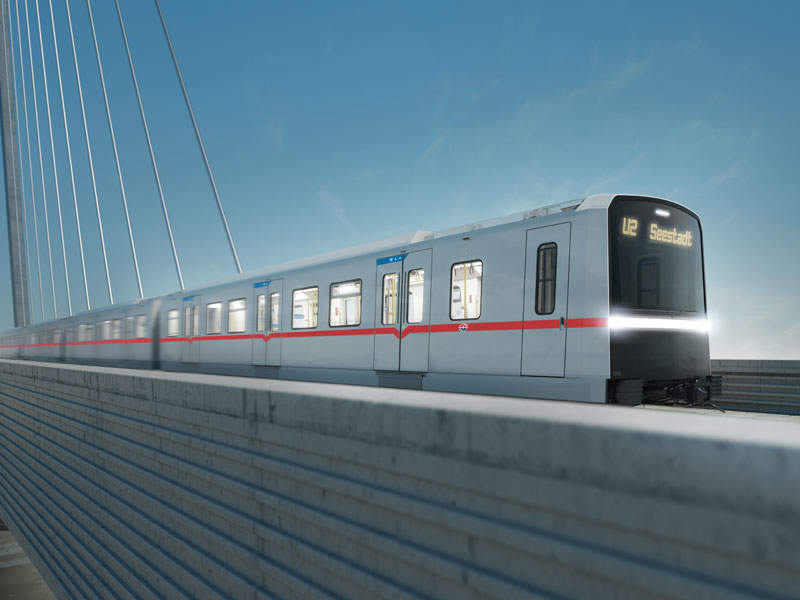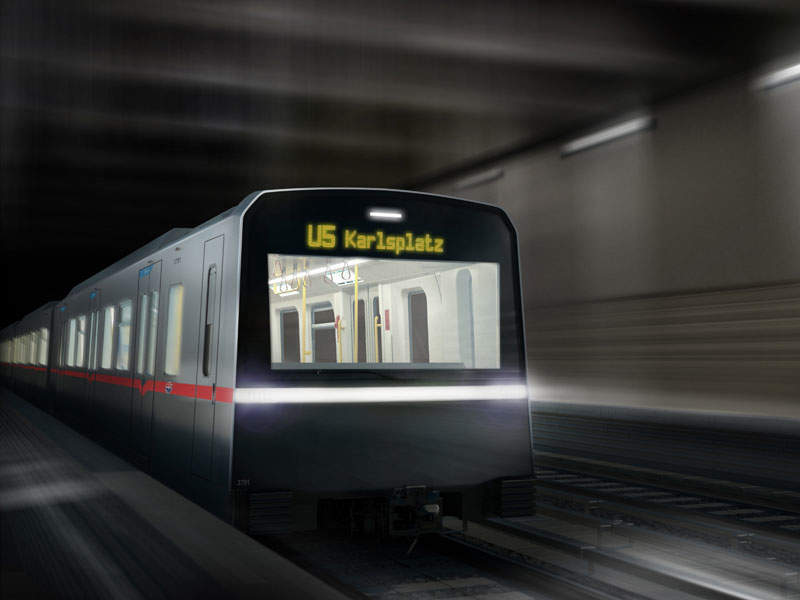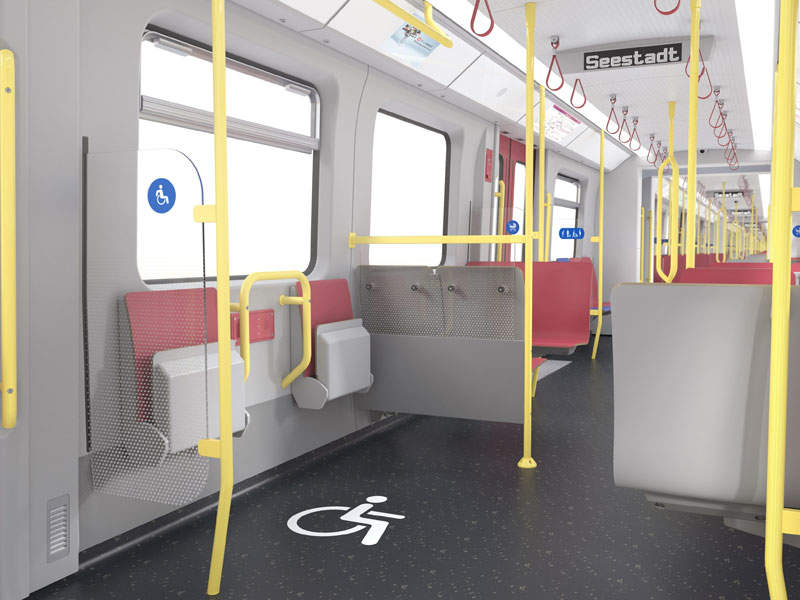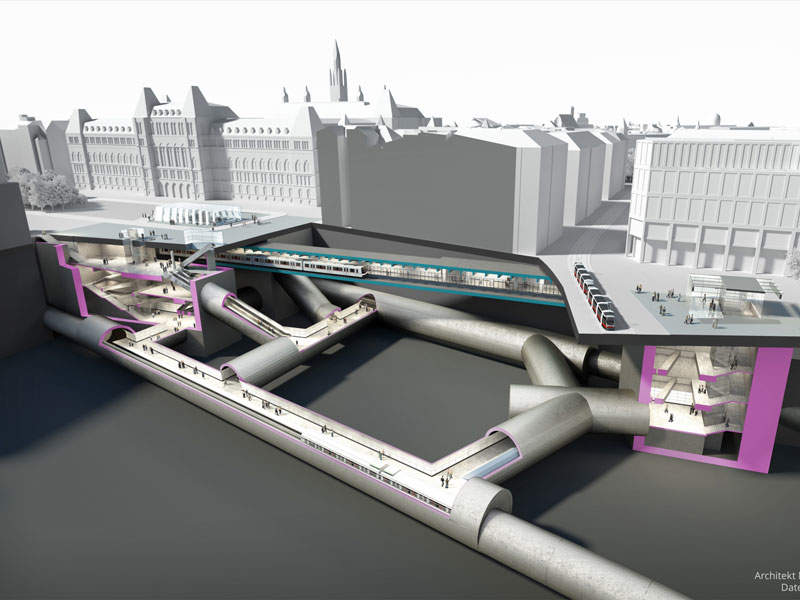The U2/U5 line intersection forms part of the expansion of the underground transport network in Vienna, Austria. Both U2 and U5 subway railway lines are being developed by Wiener Linien.
Project planning for the intersection was completed in 2017 and initial construction started at the Matzleinsdorfer Platz and Pilgramgasse stations in October 2018.
Construction on the U5 line will last for approximately five years. The line is set to commence operations in 2025, while the U2 line is expected to be operational in 2027.
This project has been delayed by a year due to the increase in prices for work in heavy civil engineering. The new U2/U5 interchange is aimed at eliminating the gap between inner-city underground networks, which are aiming to offer services for two million commuters by 2030.
Estimated to cost €950m ($1.1bn), the project is expected to provide employment for 16,000 people.
Details of the U2 line
The 20km-long U2 line will have an extension in the south of Vienna. The U2 route will begin at Schottentor station and run towards Vienna City Hall. It will have a station that will link the U2 to the U5 line.
U2 will run through the stations, including Neubaugasse (U3 line), Pilgramgasse (U4 line) and Reinprechtsdorfer Straße to Matzleinsdorfer Platz, and then continue on the Gußriegelstraße to Wienerberg route.
The U2 line will have 23 stations, which are expected to be located at a depth of 30m-35m underground, making them the deepest underground stations in the Vienna subway network.
Details of the U5 line
The new U5 underground subway line will connect the 17th district to the city centre and end provisionally in Hernals. The new U5 will pass through Michelbeuern–AKH (U6), Arne Carlsson Park and Frankhplatz / Altes AKH, to end at the city hall (U2).
The U5 line will have a total length of 5km and include eight stations. The U5 will become the first fully automated underground line in Vienna once it is completed.
Rolling stock
U2 and U5 lines will use a total of 34 Type X fully automated metro trains built from aluminium. The trains will have a length of 111m, width of 2.85m and maximum axle load of 10.9t. The maximum operating speed of the train is 80km/h.
To be built to the modern international safety standards, the metro trains will be able to carry 928 passengers, including 200 seated.
Train carriages are expected to be completely interconnected and will feature open and bright interiors. The driver’s cabin will have a transparent partition giving a view of the metro line.
Spacious interior will provide passengers with adequate walking space, barrier-free access for wheelchair users and space for luggage. The trains will also feature energy-efficient systems such as LED lighting, and efficient heating and air conditioning.
Trains are intended for operation on 1,435mm standard gauge networks. The system will be electrified with 750V DC third rail.
Signalling and communications
New X-cars will be equipped with the FGI Plus passenger information system, which will be used to display directions above each door.
The new system will notify passengers of the nearest entrances and provide information about connecting journeys before the trains arrive at the station.
Contractors involved
Siemens was awarded a contract to deliver 34 fully automated metro trains with an option for 11 additional cars. Siemens will also provide maintenance services for the trains for a period of 24 years.
The trains will be built at Siemens’ factory in Vienna and delivered between 2020 and 2030.
The U2 line is designed by YF Architects, while the U5 line is designed by Franz Architekten. MA18 was responsible for detailed planning of the project and IGT designed the construction lots U5/2 and U2/21.







